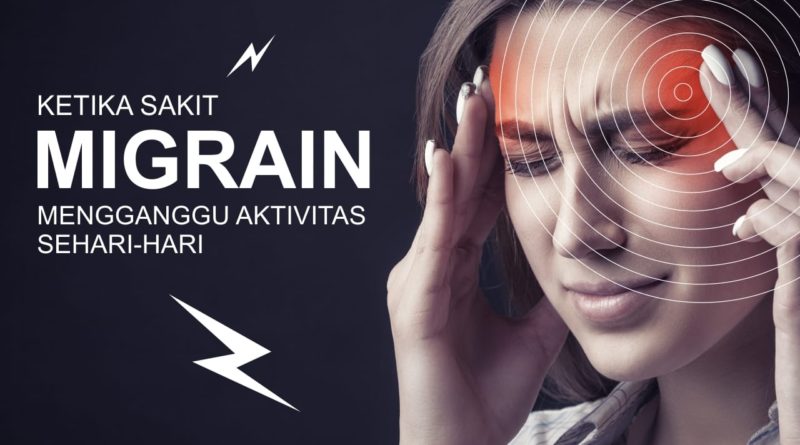
Migrain
Causes
Migraine headaches tend to first appear between the ages of 10 and 45. Sometimes they may begin later in life.
- Migraines occur more often in women than men
- Migraines may run in families
- Some women, but not all, may have fewer migraines when they are pregnant
A migraine is caused by abnormal brain activity, which can be triggered by a number of factors. However, the exact chain of events remains unclear. Today, most medical experts believe the attack begins in the brain, and involves nerve pathways and chemicals. The changes affect blood flow in the brain and surrounding tissues.
Alcohol, stress and anxiety, certain odors or perfumes, loud noises or bright lights, and smoking may trigger a migraine. Migraine attacks may also be triggered by:
- Caffeine withdrawal
- Changes in hormone levels during a woman’s menstrual cycle or with the use of birth control pills
- Changes in sleep patterns
- Exercise or other physical stress
- Missed meals
- Smoking or exposure to smoke
Migraine headaches can be triggered by certain foods. The most common are:
- Any processed, fermented, pickled, or marinated foods, as well as foods that contain monosodium glutamate (MSG)
- Baked goods, chocolate, nuts, peanut butter, and dairy products
- Foods containing tyramine, which includes red wine, aged cheese, smoked fish, chicken livers, figs, and certain beans
- Fruits (avocado, banana, citrus fruit)
- Meats containing nitrates (bacon, hot dogs, salami, cured meats)
- Onions
This list may not include all triggers.
True migraine headaches are not a result of a brain tumor or other serious medical problem. However, only an experienced health care provider can determine whether your symptoms are due to a migraine or another condition.
Symptoms
Vision disturbances, or aura, are considered a “warning sign” that a migraine is coming. The aura occurs in both eyes and may involve any or all of the following:
- A temporary blind spot
- Blurred vision
- Eye pain
- Seeing stars or zigzag lines
- Tunnel vision
Other warning signs include yawning, difficulty concentrating, nausea, and trouble finding the right words.
Not every person with migraines has an aura. Those who do usually develop one about 10 – 15 minutes before the headache. However, an aura may occur just a few minutes to 24 hours beforehand. A headache may not always follow an aura.
Migraine headaches can be dull or severe. The pain may be felt behind the eye or in the back of the head and neck. For many patients, the headaches start on the same side each time. The headaches usually:
- Feel throbbing, pounding, or pulsating
- Are worse on one side of the head
- Start as a dull ache and get worse within minutes to hours
- Last 6 – 48 hours
Other symptoms that may occur with the headache include:
- Chills
- Increased urination
- Fatigue
- Loss of appetite
- Nausea and vomiting
- Numbness, tingling, or weakness
- Problems concentrating, trouble finding words
- Sensitivity to light or sound
- Sweating
Symptoms may linger even after the migraine has gone away. Patients with migraine sometimes call this a migraine “hangover.” Symptoms can include:
- Feeling mentally dull, like your thinking is not clear or sharp
- Increased need for sleep
- Neck pain
Treatment
There is no specific cure for migraine headaches. The goal is to treat your migraine symptoms right away, and to prevent symptoms by avoiding or changing your triggers. At Alimran Medical Center, we may recommend any of the following treatments
Chiropractic
Steroid injection
- Trigger point injections
Repetitive transcranial magnatic stimulation (rTMS)
